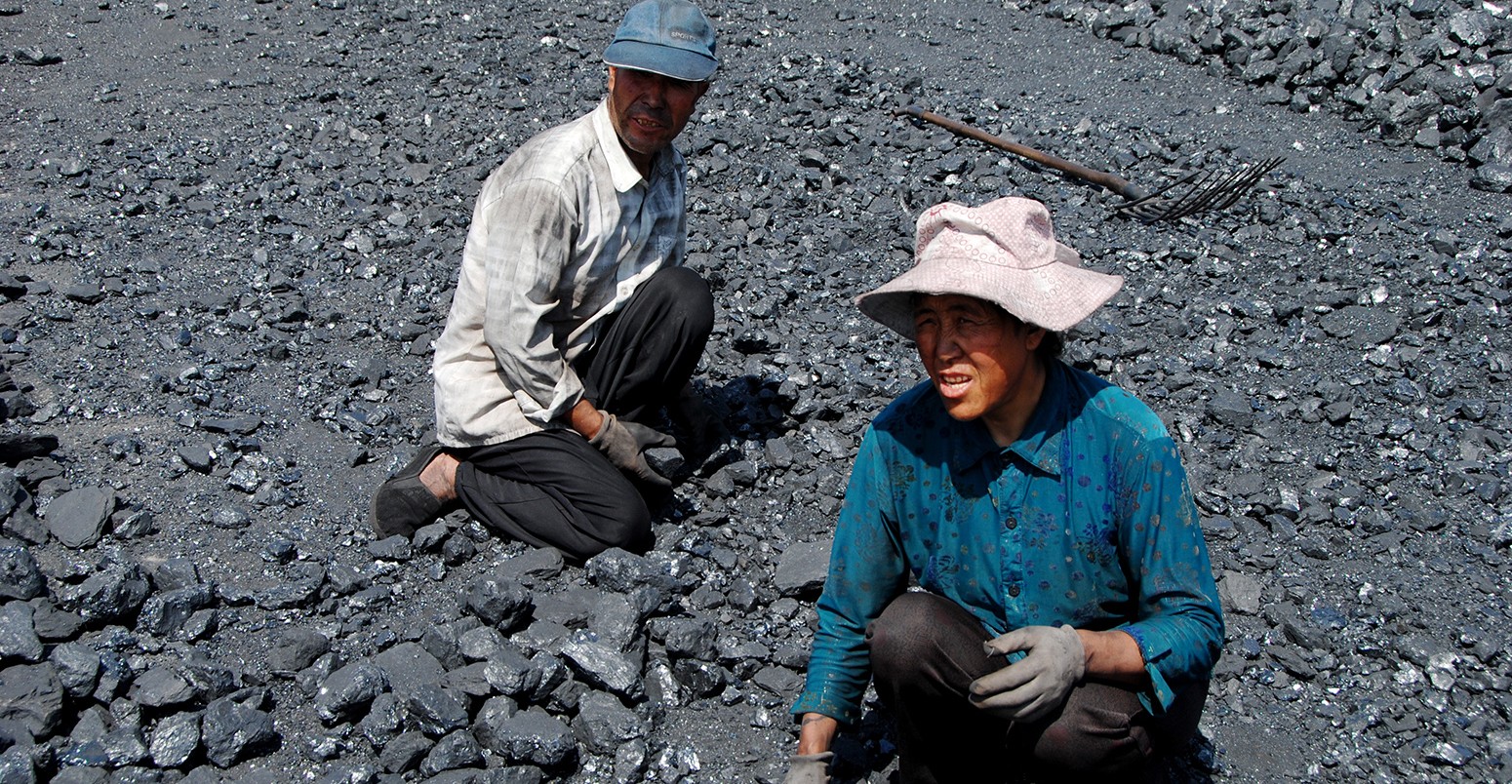
Guest post: Coal price surge will not stop China’s drive to reduce emissions

Wu Lixin
01.11.17
Wu Lixin
11.01.2017 | 12:23pmChina’s policy intervention in overhauling the coal industry unexpectedly jolted the domestic coal market as we approached the end of 2016. The rally in coal prices over many months has led some to question if the world’s biggest carbon polluter is still on track to decarbonise its economy.
With smaller coal mines rushing to reopen and boost production, 12 coal mine accidents have been reported since late October alone, seemingly adding strength to questions of whether Chinese coal production is staging a comeback after a sluggish period.
Coal resurgence?
Certain factors point to an upturn in coal demand. Central government stimulus to prop up the economy – particularly through infrastructure construction including the real estate sector – beefed-up coal demand from downstream industries, such as steel and cement, during the second half of 2016. Unusual weather patterns – a hotter summer and colder winter – also contributed to increased demand. It’s important, however, to put these short-term factors in a wider context.

Coal will still dominate energy consumption in China over the short- and mid-term. This doesn’t mean, however, that we are witnessing any sustained resurgence in coal. Changes in the country’s growth model are significantly slowing its appetite for coal. Meanwhile, concerns about pollution are continuing to boost high-efficiency, cleaner-burning technologies; all of which continue to be parts of China’s strategy to decarbonise its economy. More broadly, the global trend of increasing adoption of renewable energy continues apace, with China at the forefront of this shift.
Recent analysis by my institute shows that China’s coal consumption for 2016 stalled or even fell, continuing the downward trend of the past two years. Between January and November, China’s coal use was down 1.6% at 3.49bn tons, compared to the same period in the previous year. This follows a 3.7% decline in 2015 and a 2.9% drop in 2014.
Likewise, we aren’t seeing a substantial increase in demand for coal driving the end-of-year price rise. In essence, it is a supply gap created by government policy intervention to reduce over-capacity. The measures drastically reduced supply in a short period of time and were exacerbated by tightening regulations on road use, hindering transportation of coal to end-users.
Government measures to reduce coal production in Chinese mines by 54 days – down from 330 to 276 days a year – and moves to force miners to comply with production limits, led to a demand-supply gap of more than 200m tons. This is much higher than the market could handle, without feeding through in the form of significant price rises.
2017 outlook and beyond
Chinese policymakers tend to work out strategy for the new year based on what happened over the previous 12 months. In 2017, we expect the coal price to be stabilised as market turbulence over the past months has also put pressures on regulators. They are likely to be forced to re-evaluate and fine-tune policies in coming months.
Regulators have already committed to continue to use policy caps on coal production in mines as a tool to adjust production capacity. For one, it conveniently avoids large-scale layoffs at mine closures that would otherwise have to be considered. With central leadership making capacity reductions in coal and steel sectors a top economic priority this year, we should expect a relatively stable coal market with minor fluctuations during 2017.
Over the longer term, China’s coal consumption is set to decline as a portion of the energy mix. The government is unflinching in viewing decarbonisation as critical in tackling the country’s air pollution challenge and gaining an economic developmental edge.
As I write this article, 12 provinces in northern and central China are blanketed in the worst smog this winter, triggering red-alert warnings for air pollution across 23 cities. The mounting public pressure for tackling pollution is expected to push local governments to quicken the pace at which they replace the scattered use of coal by small users and instead promote high-efficiency, centralised cleaner coal use.
China has been the biggest investor in renewable energy globally since 2012, seeing it as being indispensable for energy security. Senior Chinese officials have also reiterated the country’s commitments to the Paris climate agreement amid uncertainties created by US president-elect Donald Trump. China’s route to a decarbonised economy thus remains clear.
Against this backdrop, we estimate that the country’s coal consumption will plateau through to 2020. This will mirror energy demand remaining strong and rising overall, with a gradual fall in coal’s share of the energy mix. Minor fluctuations in coal use may occur, but a substantial rebound is highly unlikely.
Consumption is expected to gradually fall through the 2020s, largely through falling coal consumption in industrial use – mainly across the cement, iron and steel sectors – as stimulus in infrastructure construction will be limited. Uncertainties remain in coal-to-chemical projects, which are largely policy dependent. Demand for coal use in power – accounting for about 50% of total consumption – will still increase, but with slower growth rate, buoyed by improvements in living standards.
Factoring in such estimations, as well as growth in renewable energy sources and nuclear power, by 2030 we expect China’s overall coal use in primary energy mix to have fallen to around 50%, from the 64% we see today.
The recent volatility in China’s coal market is, therefore, not a sign of large-scale or long-term increase in coal demand and will be relatively short lived. Coal’s share of the energy mix and total consumption is still very much set to drop in the long run, as China continues to decarbonise its economy.
-
Guest post: Coal price surge will not stop China’s drive to reduce emissions

